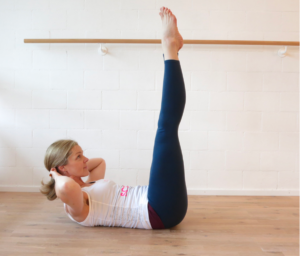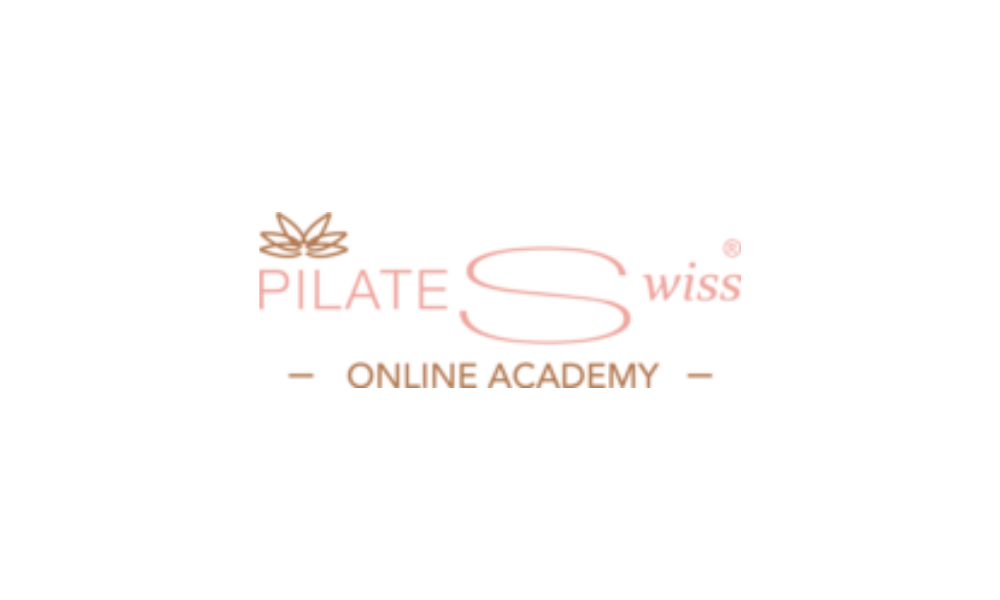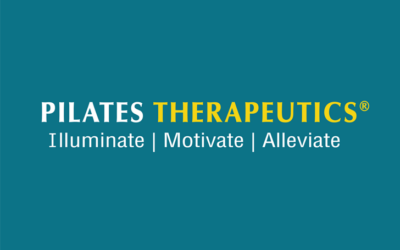Although I have been quite fit my whole life, I have suffered from recurring pain around the shoulders, hips and lower back. I called it my mysterious pains, as it popped up in different places at different times, especially after sleep. Four years ago, I finally went to see a specialist in sports medicine who quickly diagnosed me with hypermobility and gently asked me to stop yoga and start Physiotherapy and Pilates. That’s when I was introduced to Karolina Schmid’s PILATESwiss Visceral method and my constant pains disappeared.
I will let you in on one of VISCERAL Pilates’ key findings: Breath and timing!
As a college lecturer, author, and creator of countless teacher training programs for the fitness and physical therapy industries, Karolina is an expert on providing training solutions to avoid compensation patterns, misalignment, and injury. As a result of a lengthy collaboration with the PILATESwiss Medical Advisory Board and based on current evidence, Karolina developed a simple and effective toolkit that can be integrated into Pilates and yoga practice to ensure an injury-free training.
Let’s look at how the Visceral Method can be applied to Double straight leg Stretch:
Step 1: Axial Elongation
First and foremost, the Visceral Method emphasizes on finding axial elongation in neutral position. In the case of the Double Straight Leg Stretch, once in axial elongation, the head can come up or stay down in elongation with the spine. Legs are elongated towards the ceiling and if needed, there is a micro bend in the knees to ensure the spine does not go into flexion. If the head is up, the chin is tucked in so that the back of the neck is elongated.
Step 2: Inhale in all directions releasing the stomach muscles
Once in axial elongation, we inhale deeply releasing the stomach muscles. This step is very important as Karolina’s research and collaboration with her Medical Advisory board have shown that to ensure optimal muscle performance and gliding of internal organs during the move, the core and pelvic muscles must be released before beginning the recruitment. Her research has shown that hyper-toned core muscles are as inefficient as under-toned core muscles.
Step 3: Start to exhale, scoop and incorporate the staggered breath
The exhale involves the recruitment of core muscles and ensures stability is achieved before starting the movement and adding the lever. During the exhale, the Visceral Pilates method teaches to lower the ribcage pull the belly button towards the spine, and pull up the pelvic floor muscles, all at the same time. We exhale a spoonful and recruit the stomach muscles before adding the levers- the staggered breath. This process ensures optimal stability and core muscle recruitment before the weight of the lever is added. The staggered breath made all the difference in my training. I finally could feel stable and learn exactly how to perform it precisely.
Step 4: Lower the legs while continuing to exhale
Now that the core is recruited and the spine is stable in axial elongation, the leg levers can be safely added and lowered by about 10cm. The lower the levers the more weight against the core so as deep core muscles become stronger and stability increases, the legs can be lowered more without affecting the spine’s alignment.
Step 5: Inhale and bring the legs back up above the hips
The Visceral Pilates method offers the only Pelvic and spine-friendly core training!
The PILATESwiss Visceral method can be applied to all exercises. It is your safety key!
Since I incorporate axial elongation, the staggered breath, the muscle release, and muscle recruitment technics of the Visceral method, I am mostly exercising and living pain-free. It is a simple but powerful method. You can check out Karolina’s work online: www.pilateswiss.com or meet Karolina in person at the PMA conference in October in Las Vegas. After 2 years of absence due to the Pandemic, it will be exciting to hear her present her latest fascinating case studies!



